The Problem

Before European contact, trees in Kwiakah forests were hundreds of feet tall, bigger than city skyscrapers today.
Tales were told of being able to walk on the backs of fish in the Phillips River—one of only a few major river systems home to productive runs of all 5 salmon species. Grizzlies thrived on this abundant food source, and developed their own unique sub-species.
This is no longer the story on our territory.
A tale of two Great Bear Rainforests
Along British Columbia’s west coast lies a precious jewel that stretches south from Haida Gwaii to Vancouver Island: the Great Bear Rainforest. This coastal temperate rainforest is the largest of its kind in the world, and home to over 25 First Nations and hundreds of species.
A few examples are:
Black bears, nən (grizzly bears), cougars, and wolves
Orcas, humpback whales, 4 types of dolphins, and 5 species of pacific salmon
River and sea otters
Roosevelt elk, deer, məlx̌ƛu (mountain goats), and other ungulates
Several bird species, including bald eagles, sandhill cranes, and endangered species such as the Marbled Murrelet and Northern Goshawk
When the Great Bear Rainforest Agreements were signed in 2016, they were hailed as a historic and world-changing collaboration, promising to protect 85% of the Great Bear Rainforest. However, these agreements looked drastically different in the northern and southern portion of the Great Bear Rainforest.
Only 6% of Kwiakah territory is found in protected areas, compared to 54% in the northern Great Bear Rainforest.
Our land today
Decades of colonization, extraction, and a lack of protection have bruised our territory past recognition. Without our permission, the BC Government issued 3 Tree Farm Licenses (TFLs) to forestry companies who clear cut old growth forests on our territory. Logging then triggered landslides, habitat loss, salmon population collapse, and the reduction of our grizzly bear population to under a dozen.
All but a handful of our people have left our territory in search of education and economic opportunities—and, through this, they became disconnected from their roots and land.
As you read this, things are changing. We are actively working to improve this dire situation through our plan to establish an Indigenous-led, conservation-focused, and regenerative economy in our territory. Read more about Our Plan and how you can help us bring our Vision to life.
